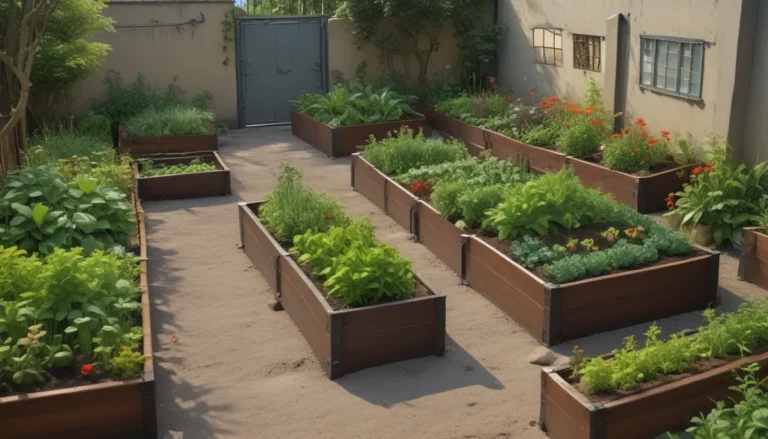Comprehensive Tips for Successfully Growing Mint from Seed

Are you aware of the vast variety of edible mint available for cultivation? From apple mint to spearmint to watermint, there are a whopping 24 species to choose from, along with a myriad of hybrids – talk about versatility!
Mint is not only easy to grow but can quickly take over large portions of your garden. But what’s the best time to plant mint, especially if you’re starting from seeds? Fear not, as we have all the information you need to successfully grow mint from seed in this detailed guide.
Understanding Mint and Seed Propagation
Before diving into the specifics of seed propagation, it’s important to note that some popular Mentha hybrids like peppermint and chocolate mint are sterile and cannot be grown from seeds. But for all other varieties, the basic instructions for growing from seed remain the same.
Here’s what we’ll cover in this comprehensive guide:
What You’ll Learn
- When to Plant Mint
- Starting Seeds Indoors
- Sowing in Containers
- Sowing Seeds Outdoors
- Transplanting
When to Plant Mint
Understanding your regional temperatures is crucial when planning to grow mint from seed. While mint plants are generally cold-hardy, young seedlings may be vulnerable to harsh winter weather in certain regions.
In USDA Hardiness Zones 4 to 9, it is best to plant this perennial herb in the spring, after the threat of frost has passed. This can be done either by starting seeds indoors or outdoors, in the ground or in containers.
Two months before the last predicted frost date for your area, sow seeds indoors for later transplanting. If you’re starting outdoors, wait until the danger of frost has passed. In frost-free areas, you can sow seeds outdoors when temperatures consistently reach at least 55°F. Alternatively, consider sowing in the fall as temperatures start to cool in warmer regions.
Starting Seeds Indoors
When starting mint seeds indoors, it’s essential to use a sowing aid like a seed sower to prevent overcrowding of seeds. Begin by filling a plug tray with potting soil and carefully sow two to three seeds per cell on the surface of the medium. Place the tray on a heat mat and provide adequate sunlight or grow lights for germination. Be sure to transplant seedlings after they have developed at least two sets of true leaves.
Sowing in Containers
For indoor or patio cultivation, choosing containers with drainage holes is essential to prevent mint from taking over. Simply scatter seeds in a pot filled with potting soil, keep the soil moist, and thin out weaker seedlings as they grow.
Sowing Seeds Outdoors
After the last frost date, choose a sunny or partially shaded location with well-draining soil to sow mint seeds. Thin out seedlings as needed to maintain adequate spacing and improve air circulation.
Transplanting
Once seedlings are ready and have been hardened off, transplant them into a sunny location with ample sunlight per day. Water well and prune to encourage bushier growth. Watch for buds and pinch them off to prevent seeding.
A Word of Caution About Mint
Mint is a vigorous creeper that can quickly spread by rhizomes underground, so it’s essential to monitor its growth regularly. Consider planting mint in containers to prevent invasive growth.
With this guide, you are well-equipped to successfully grow mint from seed. Whether you’re using it for culinary purposes, pest deterrent, or simply to enjoy its delightful aroma, mint is a versatile herb that can thrive in various settings. Share your favorite ways to use mint in the comments below!
For more information on growing mint and caring for specific varieties, check out these helpful guides:
- How to Grow and Care for Spearmint Plants
- How to Grow and Care for Peppermint Plants
- How to Grow and Use Chocolate Mint
With this comprehensive guide, you’ll be a mint-growing pro in no time!





